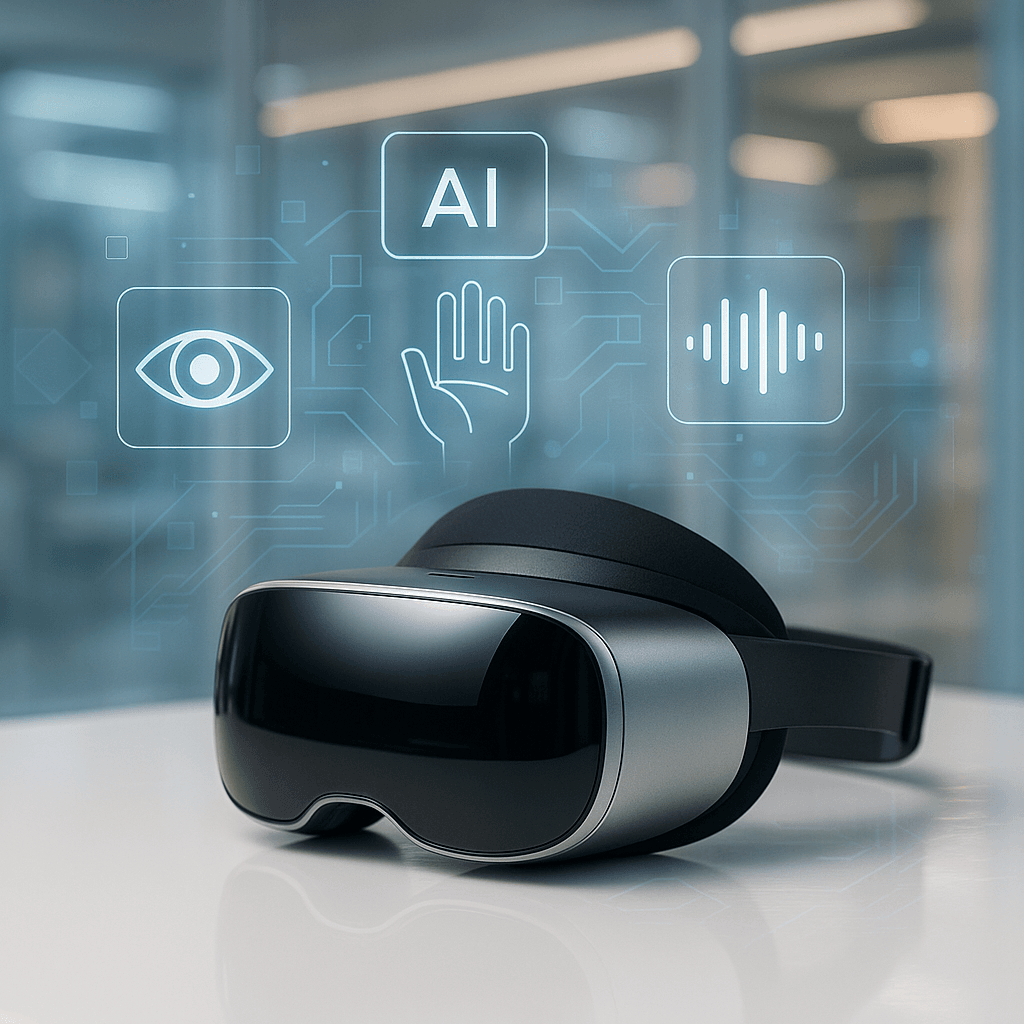Samsung is pulling back the curtain on Galaxy XR development in an exclusive video that takes viewers inside the company's South Korean headquarters. The behind-the-scenes look features direct interviews with the engineering team behind the multimodal AI capabilities that power Samsung's entry into extended reality, offering rare insights into how the company designed eye, hand, and voice recognition from the ground up.
Samsung just dropped something unusual - a genuine behind-the-scenes look at how Galaxy XR came together, and it's not your typical corporate marketing video. Technology journalist Lucy Hedges takes viewers inside Samsung Digital City in Suwon, South Korea, where the engineering team opens up about the technical challenges of building multimodal AI into extended reality hardware.
The timing feels deliberate. While Meta dominates VR headlines and Apple commands premium AR attention, Samsung is positioning Galaxy XR as the Android answer to both ecosystems. The video features direct conversations with Kihwan Kim, EVP and Head of Immersive Solution R&D Team, and Sean Choi from the same division - not PR spokespeople, but the actual engineers who built this thing.
What's striking is how much the conversation centers on AI integration rather than display specs or processing power. Kim walks through how Samsung optimized multimodal AI capabilities to recognize eye movements, hand gestures, and voice commands simultaneously. "We had to solve for three different input methods working together in real-time," Kim explains in the video, according to Samsung's newsroom coverage.
The Google partnership emerges as more than just software licensing. Samsung and Google collaborated to define what they're calling the "Android XR experience" - essentially building the operating system and hardware together rather than adapting existing Android for headsets. This mirrors how Samsung and Google worked on early Android phones, but with XR requiring much tighter hardware-software integration for things like motion tracking and spatial computing.
Qualcomm provides the silicon foundation, but the video makes clear that Samsung handled the AI optimization and multimodal interface design in-house. That's significant because it suggests Samsung sees AI-driven interaction as its competitive advantage against Meta's Quest ecosystem and whatever Apple eventually ships in VR.












